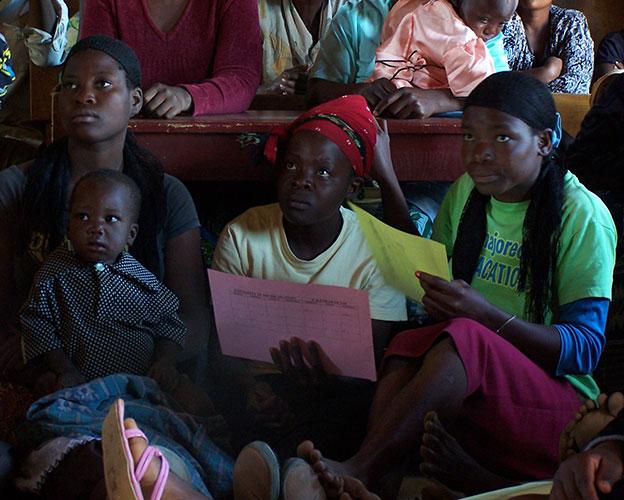Price Sensitivity and Impacts of Formal Transportation in Rural Malawi
- Rural population
- Take-up of program/social service/healthy behavior
- Transportation
- Pricing and fees
Policy issue
Transportation and access to services is widely considered to be a fundamental determinant of economic growth and as a significant factor in individuals’ health, schooling, and economic status. Isolation is thought to limit the opportunities rural people have to improve their economic situation, due to limited access to goods markets, higher transportation costs for crops and agricultural inputs, and the lack of demand for non-agricultural services. Transportation costs can also act as a barrier to advanced healthcare and education. However, there is little evidence on the exact impacts that improved transportation access has for the rural poor. Moreover, there is limited evidence on the willingness to pay for transportation services.
Context of the evaluation
Malawi has one of the least developed transportation infrastructures in Sub-Saharan Africa. Of all the unpaved roads in the country, 48% were judged to be in poor condition in 2005 and one study of road conditions in Malawi found that 38% of villages were not accessible by motorized vehicles for the five-month rainy season. The primary means of transportation into town for most villagers is by foot.
The five villages participating in this study are more than two hours by car from the nearest urban location. Prior to this project, no regular motorized passenger transportation existed on the road between the villages and the market town. Three of the five villages are connected by a circular circuit track; the bus uses this track to make stops in the three villages before making the trip to the market town. The majority of the families in the villages are farmers, growing mainly maize and tobacco. There is a small market day in one of the villages, but no health clinic or formal banking services. The nearby market town holds a government health clinic, a post office, several maize mills, and a mobile bank that makes weekly visits to allow deposits and withdrawals.

Details of the intervention
The intervention piloted a daily bus service, subsidized by the research project, averaging two round trips per day, between the five villages and a nearby market town. Implementation was divided into two phases. In the first phases, lasting 25 days, 100 households were randomly selected to receive a bus pass that allowed the members of that selected household to use the bus at zero cost to travel to and from the market town. In phase two, which lasted 58 days, 552 households were randomly assigned to one of seven bus pass categories, with each category assigned a unique price between zero and 500 Malawi Kwacha (US$3.57).
On all trips a conductor was present to check bus passes, collect bus fares, monitor cargo loading and conduct rapid trip-purpose surveys of all passengers. Information was also collected on bus ridership and take-up, time use, economic, social and health-related events, and bus impact on participating households’ activities.
Results and policy lessons
Project ongoing, results forthcoming.
Raballand, Gael, Rebecca Thornton, Dean Yang, Jessica Goldberg, Niall Keleher, Annika Muller. "Are Rural Road Investments Alone Sufficient to Generate Transport Flows? Lessons from a Randomized Experiment in Rural Malawi and Policy Implications." World Bank Policy Research Working Paper 5535, January 2011.
